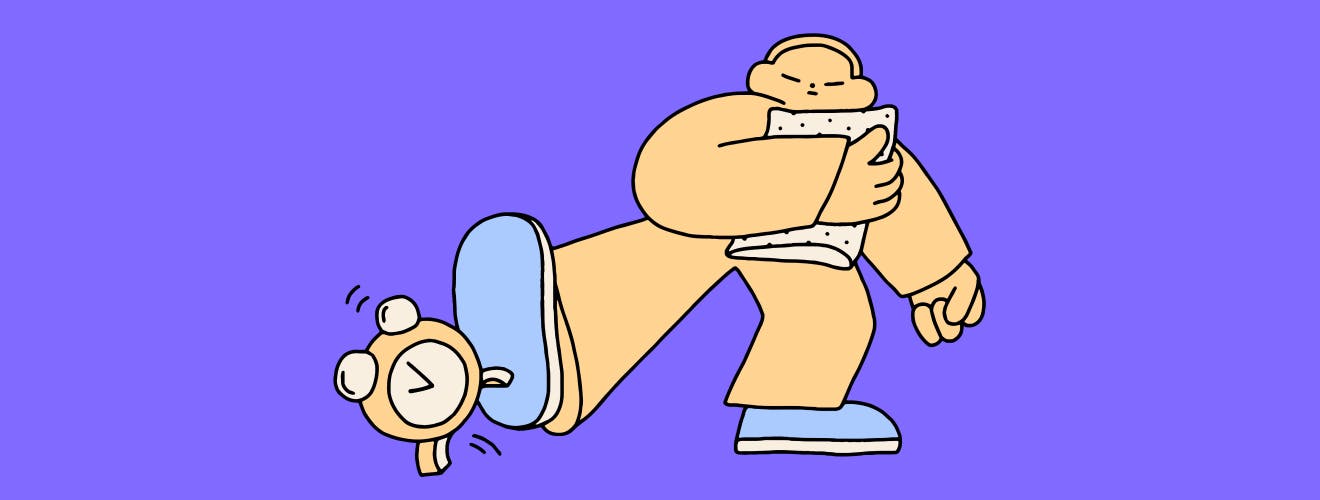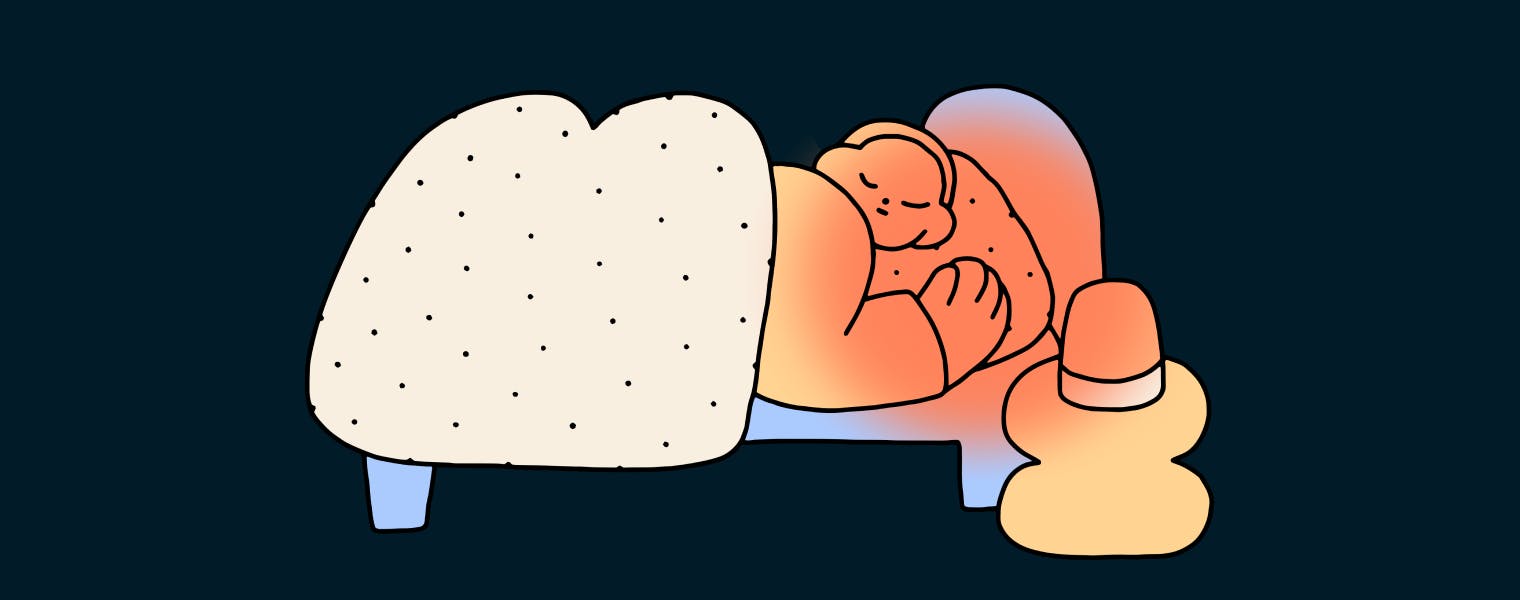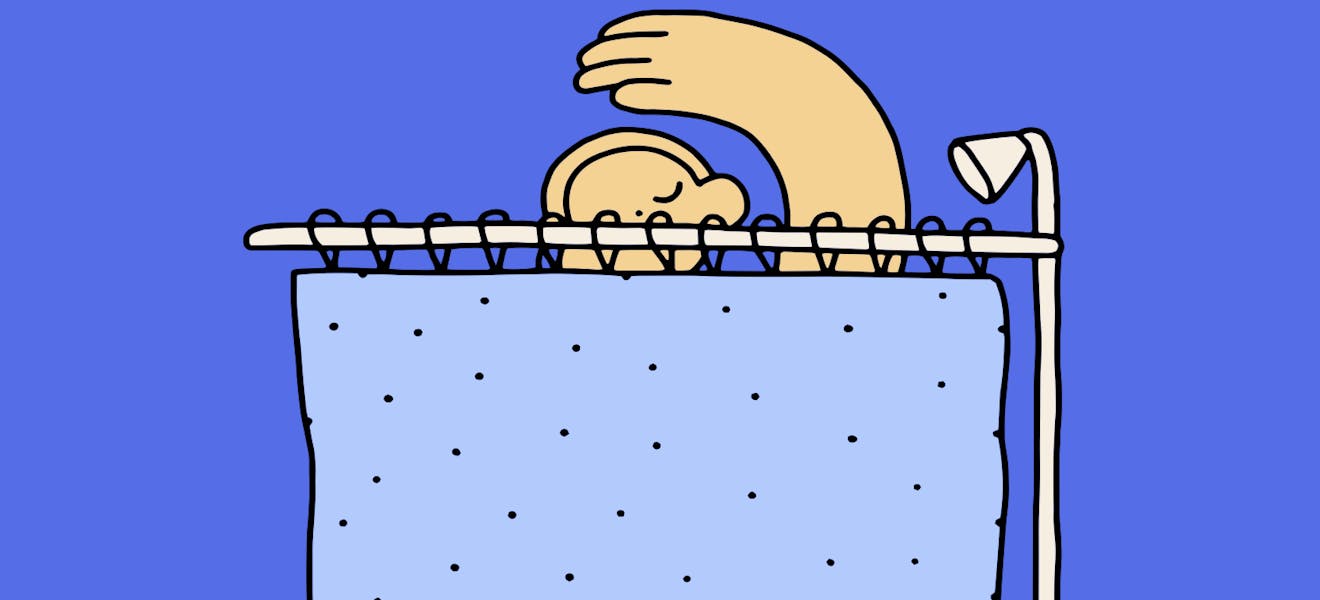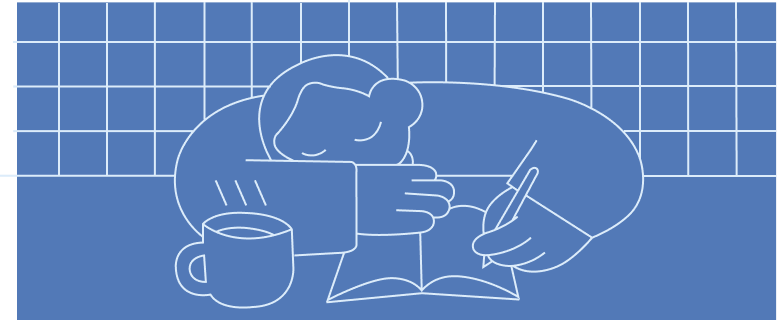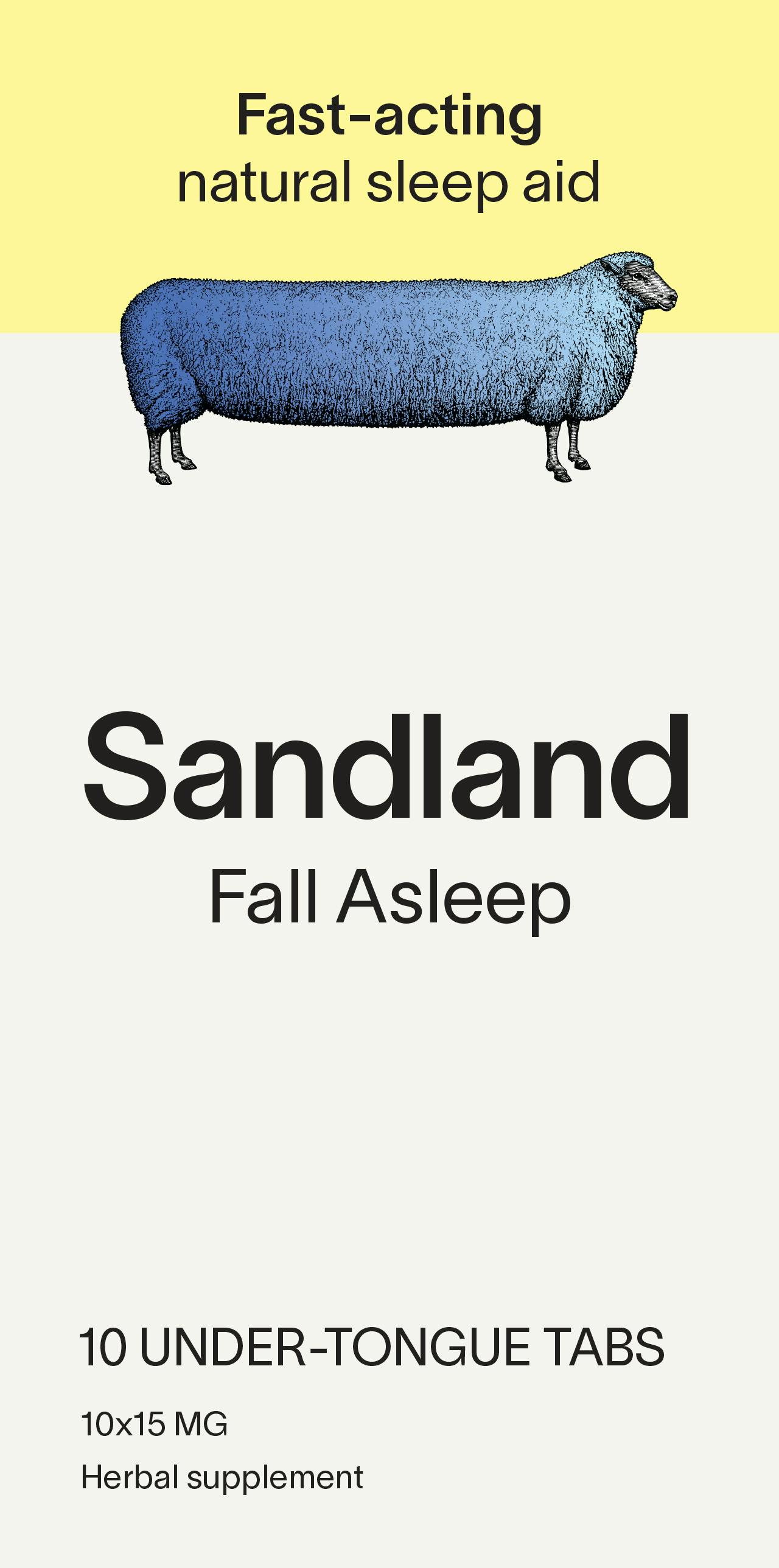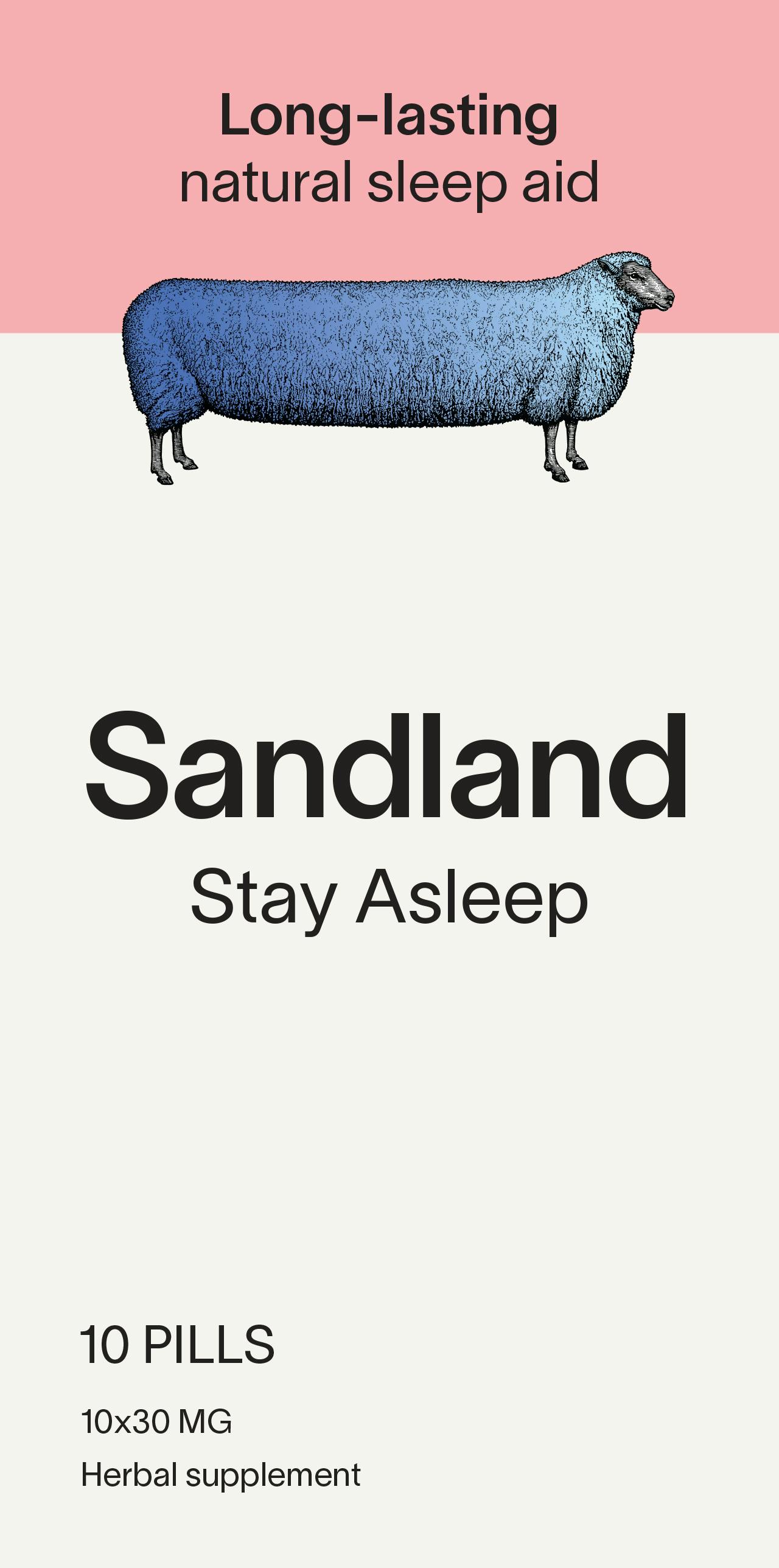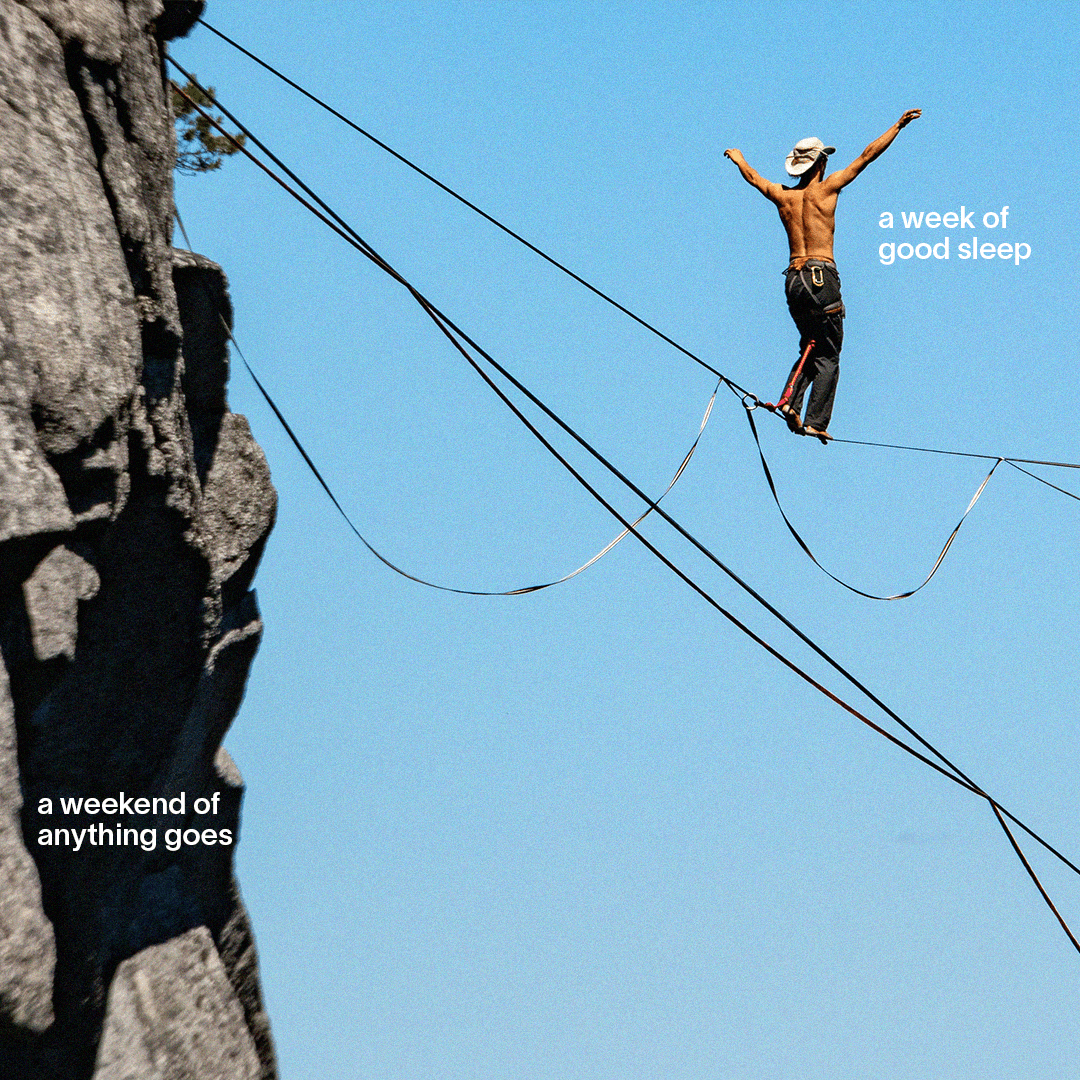How To Find Your Chronotype To Improve Your Sleep

Some days, you may wake up before your alarm feeling refreshed and alert, while others you’re hitting snooze until the last possible second. Even if you sleep a relatively consistent amount each night, you can feel dramatically different upon waking up. Your chronotype is the body's "natural" internal sleep clock. Know how sometimes folks say they're "night owls" or "early birds" -- they're talking about their chronotype. It's important to identify because it can play a big role in your waking times, appetite, and exercise.
Chronotype can change with age.
The amount of sleep you need changes throughout your life. During developmental years, you need much more rest so your body can grow and restore. As you age, the amount of sleep you need decreases. Check out the chart below for a guide to ideal sleeping amounts based on your age.
It’s important to remember that the amount of sleep needed to feel well-rested can vary from person to person. While some adults can function well on six or seven hours of sleep, others need at least nine to feel like they can properly function. It’s important to evaluate how you feel after waking up to determine the amount of sleep that’s right for your body
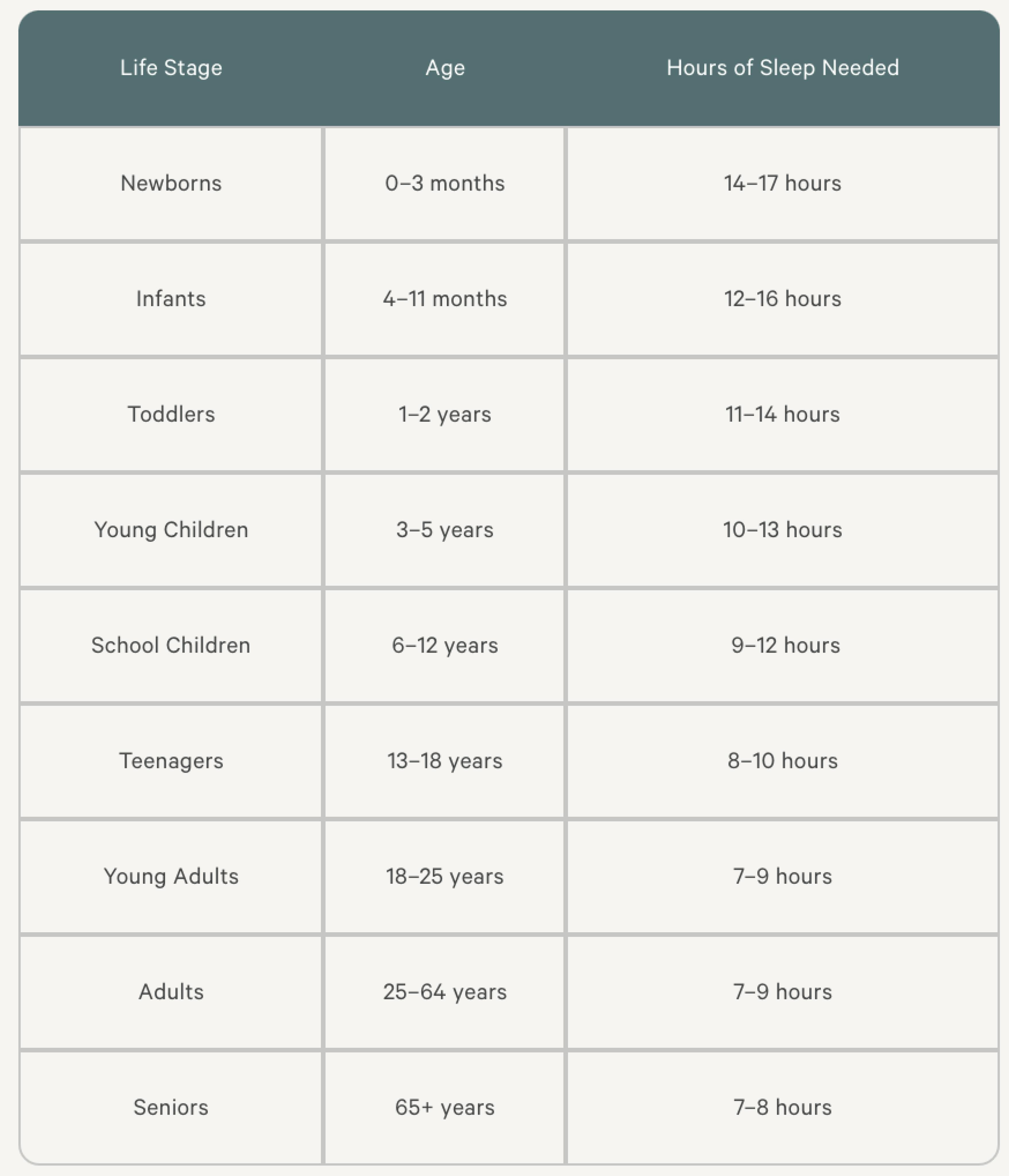
Stages of Sleep
While some adults can function well on six or seven hours of sleep, others need at least nine to feel like they can properly function. It’s important to evaluate how you feel after waking up to determine the amount of sleep that’s right for your body.
While you sleep, your body goes through sleep cycles, which can be broken down into four phases: N1, N2, N3, and REM sleep. Each stage can be determined by the amount of brain activity occurring while you sleep.
Disclaimer: These are estimates of each sleep stage. The actual length of your sleep stages may vary throughout the night.
- Stage 1/N1: The shortest “transition” phase. During this phase, you may feel like you’re dozing off as your brain activity slows and you transition into sleep mode.
- Stage 2/N2: In stage 2, your muscles relax and your breathing and heart rate slow. Your eye movement stops, and it’s more difficult to be woken up by small external stimuli.
- Stage 3/N3: During stage 3, you move into deep sleep. Your body further relaxes and moves into a restorative sleep that helps with growth and recovery.
- REM Sleep: REM sleep is the final stage of your sleep cycle, during which your body undergoes several changes. These include rapid eye movement (REM), fast breathing, increased heart rate, and higher brain activity. REM sleep also typically corresponds with temporary paralysis, which is a protective measure to ensure your body isn’t harmed by trying to act out your dreams.
How Much REM Sleep Do You Need?
In most adults, around 20% of your sleep is deep or REM sleep. This deeper sleep occurs after you’ve been asleep for around 90 minutes, but there isn’t a set time of how much REM sleep you need each night.
Your Sandland sleep routine
How to prep for bed
Finish your evening activities at least one hour (ideally two) before bed. The goal is to give your body time to disconnect and get ready to rest. This is really important and definitely the first step to better sleep.
First, take Stay Asleep
Finish your evening activities at least one hour (ideally two) before bed. The goal is to give your body time to disconnect and get ready to rest. This is really important and definitely the first step to better sleep.
Next, take Fall Asleep
Finish your evening activities at least one hour (ideally two) before bed. The goal is to give your body time to disconnect and get ready to rest. This is really important and definitely the first step to better sleep.
